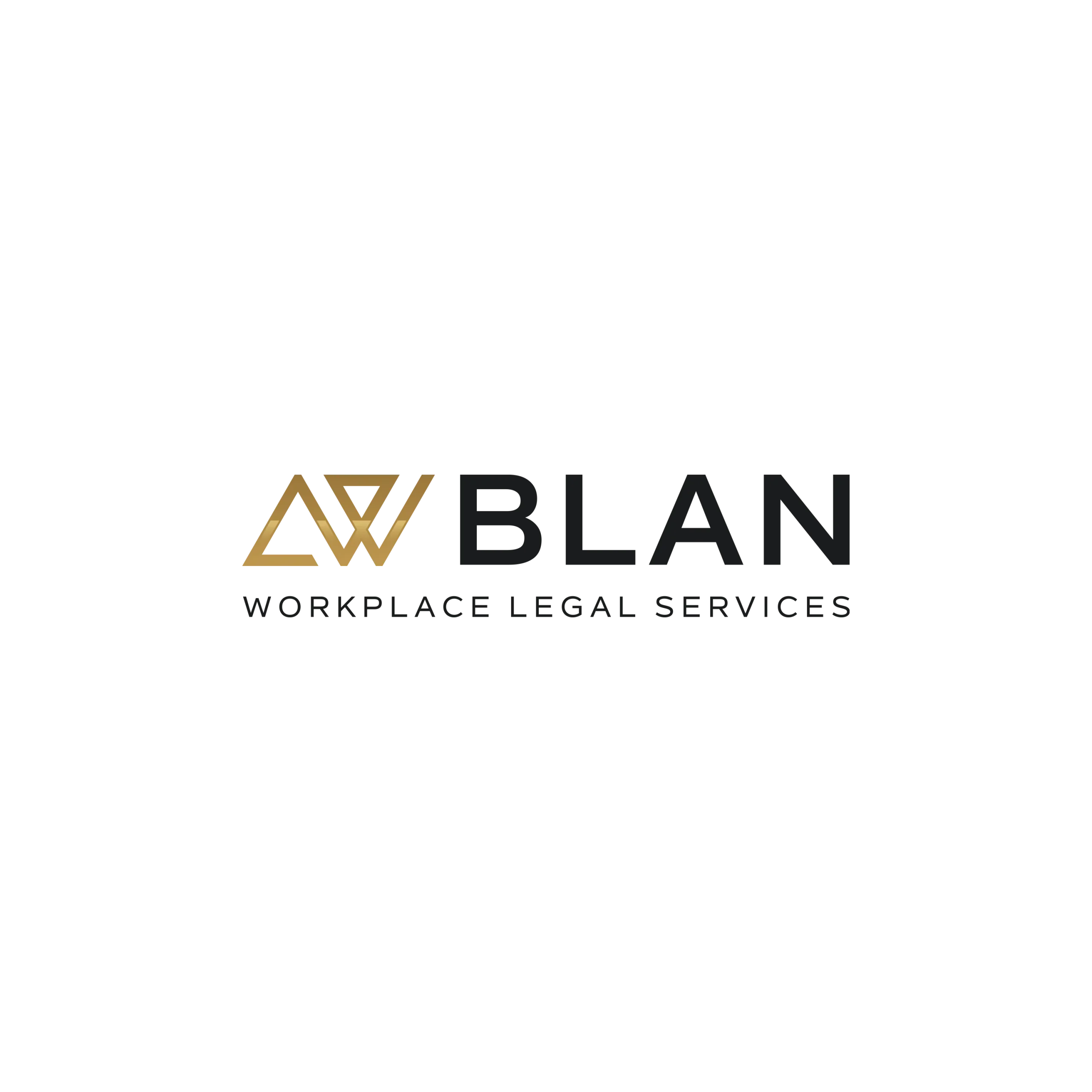3 Common Misconceptions About Workplace Investigations (And How to Address Them)
Workplace investigations are critical for resolving complaints, but they are often misunderstood. Misconceptions about how investigations work can lead to unnecessary tension, undermine trust in the process, or increase legal risks.
The following describes three common myths about workplace investigations and discusses how they can be addressed.
Myth 1: Investigations Prove Allegations Beyond a Reasonable Doubt
Reality: Workplace investigations are not criminal trials. Instead, they follow the standard of “preponderance of the evidence,” meaning it must simply be more likely than not that an event occurred. This standard is sometimes described as the allegation being 50% + .1 or 50% and a feather more or less likely to have occurred.
How to Address It:
- Educate employees and stakeholders about this standard at the beginning of the process.
- Emphasize that the goal is to uncover the facts, not to assign blame beyond all doubt.
Myth 2: Investigators Cannot Be Fair if Paid by the Employer
Reality: Professional investigators, including internal or external investigators, are bound by ethical standards to remain impartial, regardless of who pays for the investigator’s services. Their professional livelihoods depend on their ability to be impartial. Furthermore, attorney-investigators are held to professional standards articulated by state bars, which may include but are not limited to duties to make truthful statements and to avoid conflicts or misrepresenting facts.
How to Address It:
- Detail the investigator’s role as it relates to the investigation and organization conducting the investigation.
- Provide transparency about the investigator’s qualifications and the steps taken to ensure fairness.
Myth 3: Findings Always Favor the Employer
Reality: Investigations often result in nuanced findings. For example, some allegations may be substantiated while others are not. The goal is not to favor one side but to gather and analyze facts objectively.
How to Address It:
- Share findings transparently and clearly outline the evidence behind the conclusions.
- Avoid conclusions and stick to factual, evidence-based results.
Conclusion
Addressing common misconceptions about workplace investigations can foster trust and transparency, leading to more productive outcomes for all.
Need help with workplace or campus investigations? Contact A.W. Blan Workplace Legal Services at 916-333-9311 or visit www.workplacelegalservices.com to schedule a consultation.











